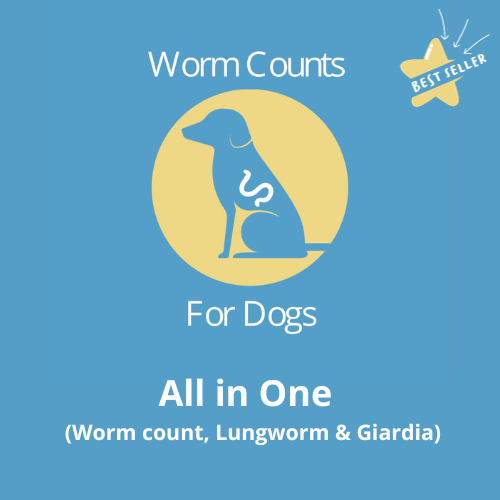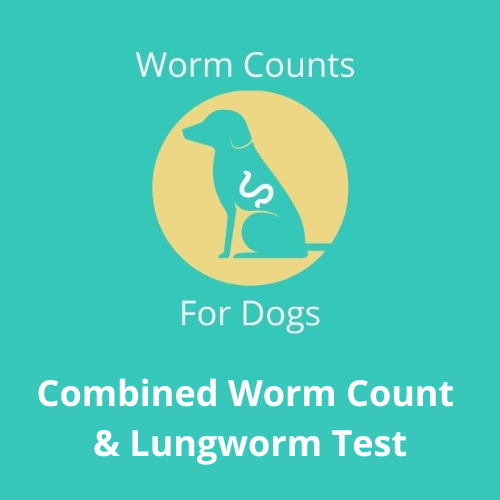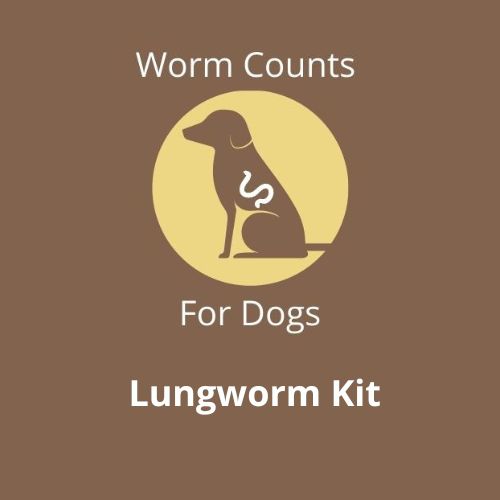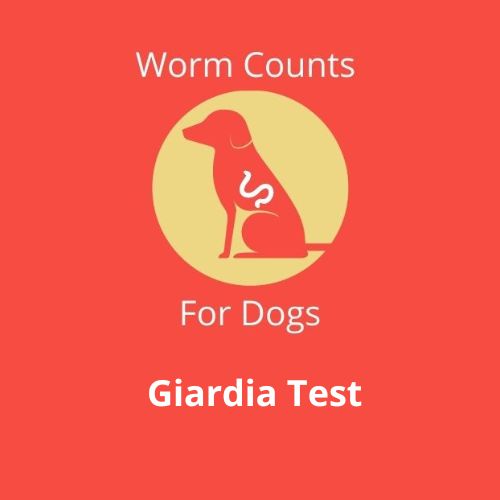Dog Lungworm Symptoms: How to Protect Your Dog
Did you know that foxes can pose a significant risk to your dog's health because they carry lungworm? It's true, and here's what you need to know to keep your dog safe.
The Fox Connection
Lungworm in dogs is high in the UK. Approximately 75% of London foxes carry lungworm, and the numbers are significant in other regions too. In the south east, it's 50%, while in the south west, it's 19%. In the east (13%), the midlands (12%), and even the north (7%), these numbers are on the rise.
The Role of Slugs and Snails
It's important to note that dogs don't contract lungworm directly from foxes. Instead, an intermediate host comes into play: the slug or snail. Foxes release eggs in their faeces onto the grass and paths in our gardens, which the slug or snail then ingests to become cosy incubators for the eggs until they hatch into larvae.
The Role of Your Dog
Your dog unwittingly becomes the host for the lungworm to complete its lifecycle. When your dog licks or eats slugs, snails, grass, or even drinks from the water they've been in, they unintentionally consume these larvae. Once inside the gut, the larvae break through the intestinal wall and journey through the bloodstream, reaching the heart, where they mature into adults. These adult lungworms lay eggs that migrate up through the lungs. When your dog coughs, it swallows the eggs, and the cycle begins anew.
Prevention is Key
How can we protect our dogs from lungworms? One effective measure is to limit their exposure to areas frequented by foxes. Additionally, bringing your dog's toys indoors at night is advisable to discourage foxes from playing with them. Avoid leaving out bowls of water or other items that may attract snails and slugs, especially if your dog has a habit of drinking from them.
Recognising Dog Lungworm Symptoms
Being aware of the symptoms of lungworm is crucial for early detection and treatment. Keep an eye out for the following signs in your dog*
1. Persistent Coughing
2. Difficulty Breathing
3. Lethargy
4. Poor Appetite
5. Weight Loss
6. Crying or yelping when touched.
7. Not wanting to exercise
8. Blood in the urine or faeces, or bleeding gums.
If you notice any of these symptoms in your dog, it's important to seek veterinary care promptly.
*Many other things can cause these symptoms, always take your dog to the vet to be checked out.
Lungworm Testing for Dogs
Regular lungworm testing every six to eight weeks is highly recommended, especially if your dog falls into one or more of the following categories:
1. If your dog licks or eats grass, slugs, or snails.
2. If your dog has a penchant for devouring dead animals or birds.
3. If you don't regularly worm your dog or want to assess the effectiveness of your current worming schedule.
4. If you wish to reduce the frequency of worming while ensuring your dog's protection. 5. If you feed your dog a raw diet.
6. If you live in a lungworm hotspot.
How to Test for Lungworm
Testing for lungworm is a straightforward process that you can do at home. Buy a lungworm testing kit, which includes clear instructions. Collect a sample of your dog's faeces and send it to a lab for testing. You'll receive the results by email, designed to be easy to read and understand.
What if Your Dog Tests Positive for Lungworm?
If your dog tests positive for lungworm, there's no need to panic. Contact your vet right away for a wormer specifically designed to treat lungworm. A vet prescribed wormer is essential since lungworm can affect the blood and potentially the lungs, not just the gut.
In conclusion, lungworm, transmitted through foxes and their interaction with slugs and snails, can threaten your dog's well-being. By taking preventive measures and being vigilant about lungworm symptoms, you can help protect them. Regularly test for lungworm and consult your vet for appropriate treatment if necessary.






